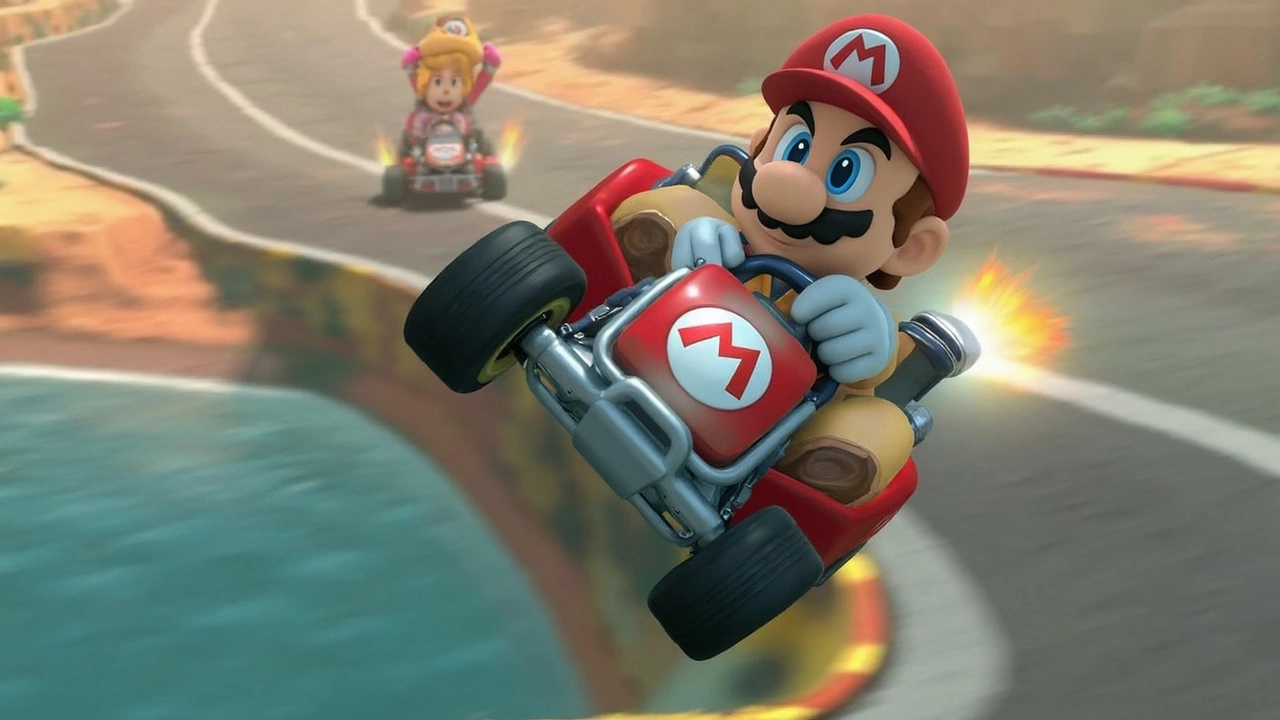Video Game Industry Updates – What’s Happening Right Now
If you love gaming, you’ve probably heard the chatter about new consoles, blockbuster releases, and how the whole industry is shifting. In this guide we’ll break down the biggest headlines, explain why they matter, and give you a quick look at the trends that are reshaping play for everyone.
Nintendo Switch 2 and the Super Mario Wonder Expansion
First up, Nintendo just dropped a bombshell about the Switch 2. The company announced an expanded version of Super Mario Bros. Wonder that will debut on the new hardware next spring. The update includes a brand‑new multiplayer hub called Bellabel Park, where you can drop into party‑style minigames with friends. Existing Switch owners won’t be left out – they can grab an upgrade pack that runs on the original console, though the full experience requires the Switch 2. This move shows Nintendo’s strategy of keeping its massive install base happy while nudging players toward the next‑gen system.
Why does this matter? Mario is Nintendo’s flagship franchise, and every time it gets a refresh it drives console sales, accessory purchases, and a wave of media coverage. The Bellabel Park hub also hints at a bigger push toward social, on‑device multiplayer, something the industry has been flirting with for years.
Big Trends Shaping the Video Game Industry
Beyond Nintendo, three trends are dominating the conversation:
- Cross‑platform play: Gamers want to play with friends no matter what console they own. Studios are building games with shared servers from day one, and platforms are loosening restrictions.
- Game streaming services: Services like Xbox Cloud Gaming and PlayStation Plus Unlimited let you stream titles straight to a phone or low‑spec PC. This lowers the barrier to entry and could change the traditional console cycle.
- Esports and live content: Competitive gaming is now a mainstream spectator sport. Brands are investing in tournaments, and creators are making careers out of streaming the latest titles.
These shifts affect everything from how developers design games to how retailers stock hardware. For example, a new console launch must now consider not just hardware specs but also how well it integrates with cloud services and cross‑play ecosystems.
Another hot topic is the rise of indie games. With digital storefronts like Steam and the Epic Games Store, small teams can reach millions of players without a big publisher. This has led to a surge in creative titles that experiment with storytelling, art style, and gameplay mechanics.
Lastly, mobile gaming continues to dominate revenue charts. Even though many of us think of consoles first, the majority of global game spend now comes from smartphones. Companies are pouring resources into “live‑ops” models—games that receive regular updates, events, and microtransactions to keep players engaged year after year.
Whether you’re a casual player, a hardcore fan, or someone looking to break into the industry, keeping an eye on these developments helps you stay ahead of the curve. The video game world moves fast, but with the right info you can enjoy the ride without feeling left behind.
Stay tuned to Paddock F1 Racing for more updates on the video game industry, upcoming releases, and the tech that’s driving the next wave of play.

Mario Kart World’s $80 Price Tag: Nintendo Stands Its Ground Amid Rising Game Costs
Nintendo sparks debate with Mario Kart World’s new $80 price, defending it as fair given the expanded content for Switch 2. The company tries to ease the sting with special bundles and upgrade offers for Zelda fans, but gamers question whether this signals a new industry standard for blockbuster titles.
View more